Hermes - The Shilla Hotel Branch [Tax Refund Shop] (에르메스 신라호텔)
6.2Km 2024-04-23
249, Dongho-ro, Jung-gu, Seoul
-
Issey Miyake - The Shilla Hotel Branch [Tax Refund Shop] (이세이미야케 신라호텔)
6.2Km 2024-04-18
249, Dongho-ro, Jung-gu, Seoul
-
Baan Khun Kwan (반쿤콴(B.K.K))
6.2Km 2021-04-12
20, Jong-ro 10-gil, Jongno-gu, Seoul
+82-2-725-1688
This restaurant is decorated in the 'Thai' style. The best menu at this restaurant is rice noodle soup with beef. This Thai (cuisine) restaurant is located in Jongno-gu, Seoul.
Gwanghwamun Deungsim (광화문등심)
6.2Km 2021-07-20
34, Jong-ro, 5-gil, Jongno-gu, Seoul
+82-2-722-2020
A restaurant that’s popular among workers for group dinners, it sells grilled meat. This Korean dishes restaurant is located in Jongno-gu, Seoul. The representative menu is grilled boneless ribs.
CAFE Jongrosijang (CAFE종로시장)
6.2Km 2021-03-19
10, Ujeongguk-ro 2-gil, Jongno-gu, Seoul
+82-2-732-1452
It sells American pancakes. The best menu at this restaurant is pancakes. This is a cafe located in Jongno, Seoul.
GOGHI (고희)
6.2Km 2021-03-26
17, Jahamun-ro 12-gil, Jongno-gu, Seoul
+82-2-734-4907
A good café to have a meal as it has a brunch menu as well as drinks. This cafe is located in Jongno-gu, Seoul. The representative menu is americano.
Suha-dong Gran Seoul (수하동 그랑서울)
6.2Km 2021-03-29
33, Jong-ro, Jongno-gu, Seoul
+82-2-2158-7958
A gomtang (beef-bone soup) specialty store that uses only Korean beef. The best menu at this restaurant is beef bone soup. This Korean dishes restaurant is located in Jongno-gu, Seoul.
Vestis - Gyeongbokgung Branch [Tax Refund Shop] (베스티스 경복궁)
6.2Km 2024-04-18
1F, 17, Jahamun-ro 12-gil, Jongno-gu, Seoul
-
LoL Park (롤파크)
6.2Km 2024-10-28
33 Jong-ro, Jongno-gu, Seoul
Lol Park is the venue where the largest-scale League of Legends competition in South Korea, LCK (League of Legends Champions Korea), is held. It serves as a space for various esports events and activities, featuring spectator seating, LCK Arena (lounge), Riot Store (merchandise shop), PC rooms, and café.
Geumdwaeji Sikdang (금돼지식당)
6.2Km 2024-10-17
149 Dasan-ro, Jung-gu, Seoul
Geumdwaeji Sikdang is renowned as one of the top three pork restaurants in Seoul, specializing in pork dishes. Its signature menu item is the nunkkon moksal (grilled pork shoulder), known for its marbled appearance resembling snowflakes. Bonsamgyeop (grilled bone-in pork belly) and deungmoksal (short loin and pork shoulder) are also popular choices. They offer fragrant basil wraps as a side dish, which perfectly complements the slightly grilled basil with the juicy and flavorful meat, creating a harmonious taste sensation that is considered a delicacy at this establishment.
![Hermes - The Shilla Hotel Branch [Tax Refund Shop] (에르메스 신라호텔)](http://tong.visitkorea.or.kr/cms/resource/51/2889751_image2_1.jpg)
![Issey Miyake - The Shilla Hotel Branch [Tax Refund Shop] (이세이미야케 신라호텔)](http://tong.visitkorea.or.kr/cms/resource/54/2890154_image2_1.jpg)
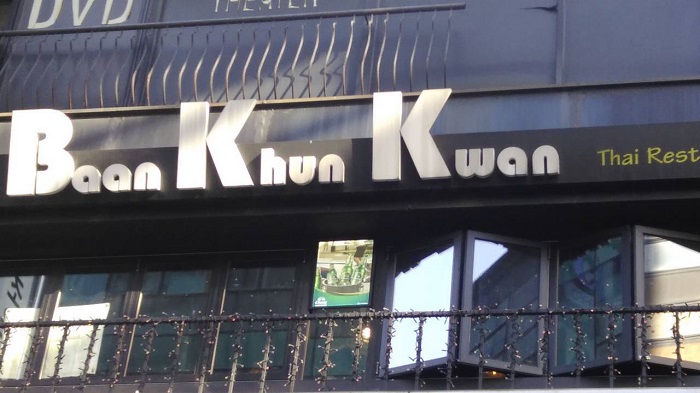
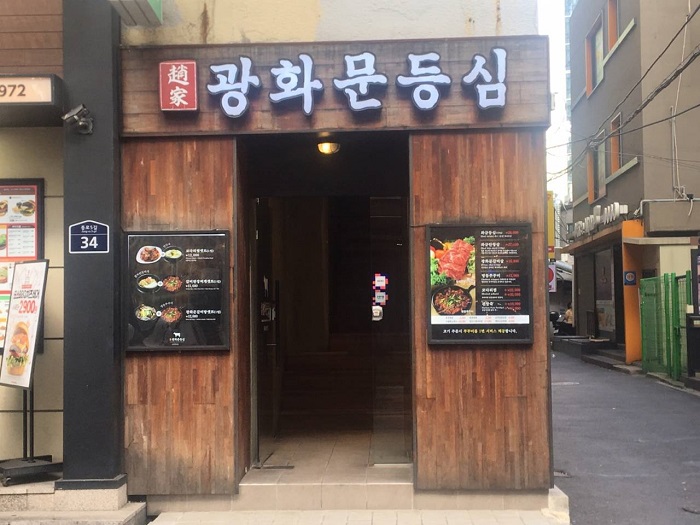
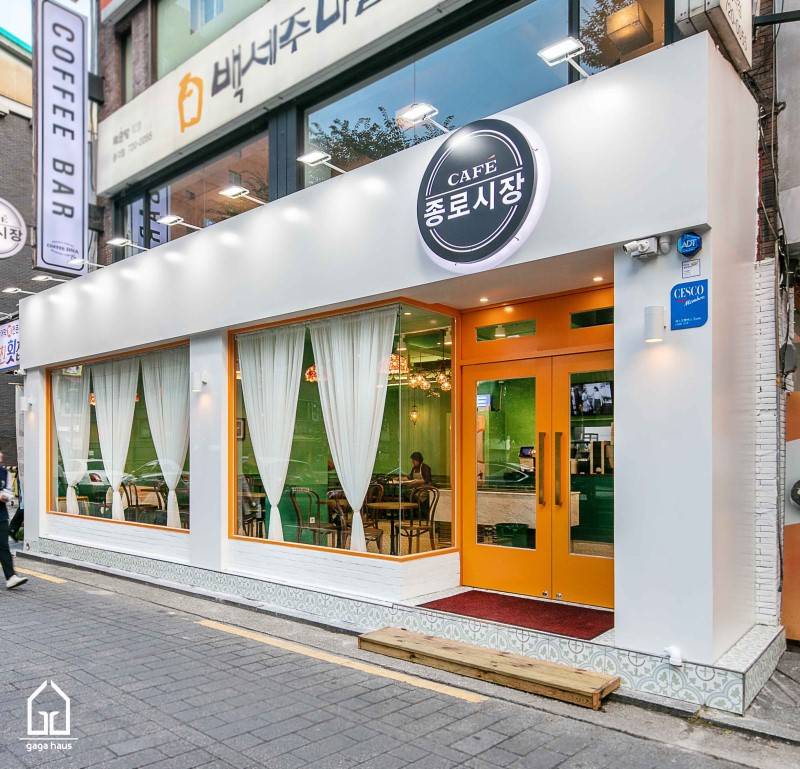
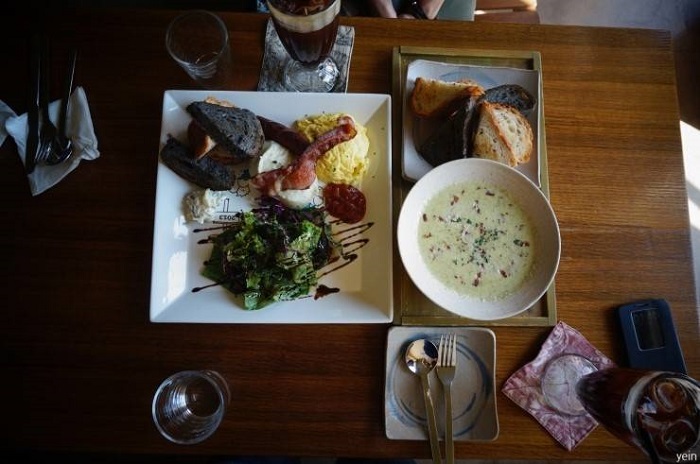
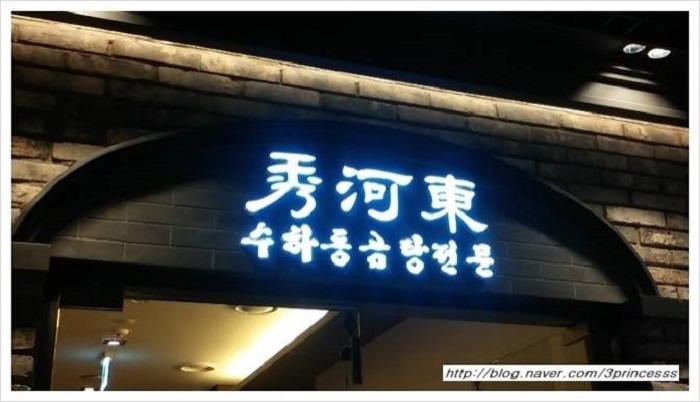


 English
English
 한국어
한국어 日本語
日本語 中文(简体)
中文(简体) Deutsch
Deutsch Français
Français Español
Español Русский
Русский